Corpus Christi
Activity dates
Dates de celebració
Around the Feast of Corpus Christi
Feast Day: The eleventh day after Pentecost, in other words, the Thursday after Trinity Sunday
Description
The Feast of Corpus Christi, for centuries regarded as the city's big annual festival, has a history that stretches back over 600 years in Barcelona. Today the most representative giant and other festival figures parade in the "Popular Retinue". In times gone by this became a model for many other towns across the country.
The main act in the celebration is the procession, which these days consists of two entirely separate parts. One is the festive part, in which the Seguici Popular de Barcelona, the Popular Retinue of giants and other figures expanded for the occasion, as established by festival protocol, parades round the city centre streets and squares, accompanied by music and performing dances. The other is the Corpus Christi procession to the Cathedral, which has a strictly religious character. The festival programme also contains other examples of popular culture, such as the dancing egg and the sardana, a traditional circle dance.
After Corpus Christi stopped being a public holiday, the procession was moved from Thursday to the following Sunday.
Reason
The Feast of Corpus Christi was introduced in the 13th century as a celebration of Holy Communion andas the Church's reaction to currents threatening its doctrine. From then on it spread across Europe and even today, six centuries later, it is still a religious, social, cultural and festive event of great importance.
Origins
The Feast of Corpus Christi was introduced in 1262 by Pope Urban IV but it was really following the papal bull issued by Pope John XXII, in 1316, that it spread throughout Christendom. That was how it spread across Europe, where it grew in importance as time passed.
Barcelona began to celebrate the festival, especially its most characteristic element, the procession, in 1320. Thereafter it became the most important civic, religious and festive event in the city, serving as a model, in terms of its content, form and function, for many other popular celebrations and folk events round the country: the giants, big heads, beasts, devil dances, folk dances and musicians that today make up our intangible heritage.
At the end of the 1970s the procession disappeared from the festival following the recommendations and stipulations of the Second Vatican Council. But in 1992, various traditional and popular culture associations, along with Barcelona City Council, decided to revive one of oldest and brightest festivals in the city's history. That's why they promoted the dancing egg tradition and started holding the procession again.
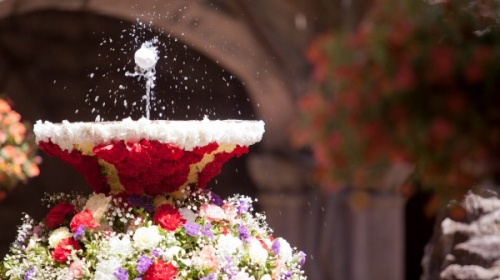
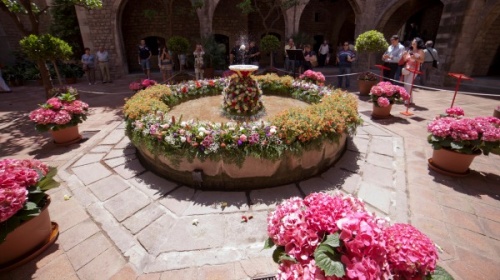
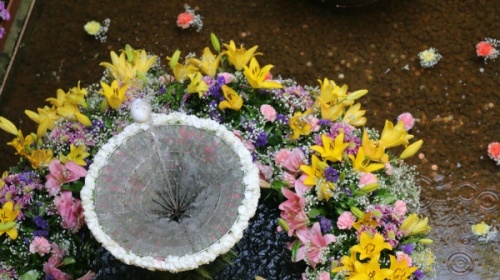
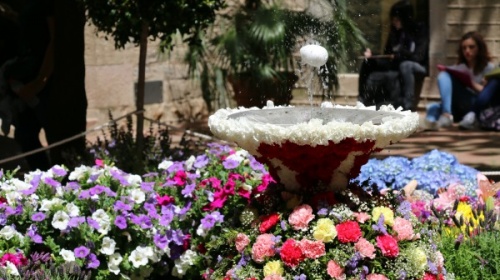
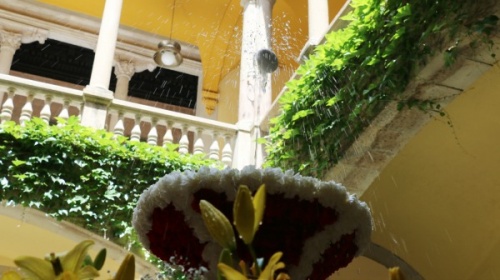
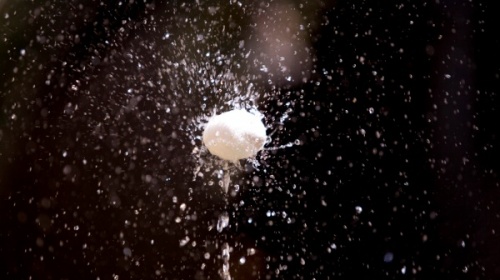
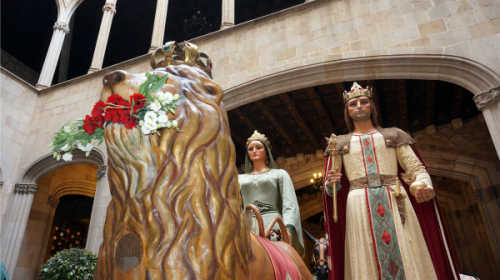

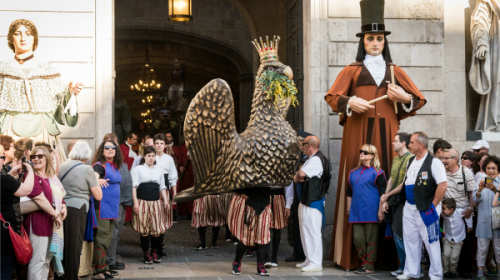
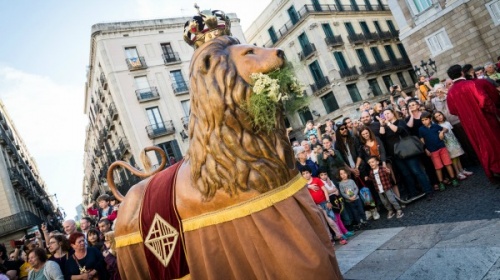

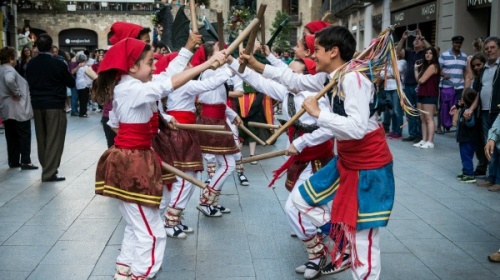
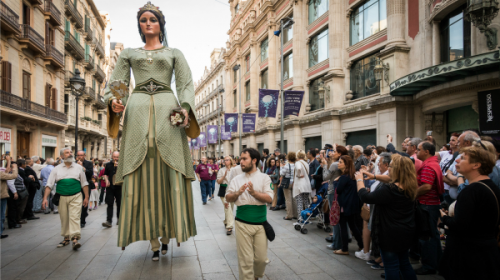
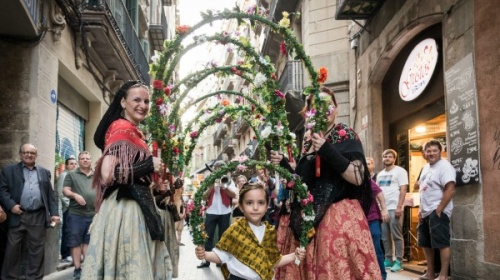
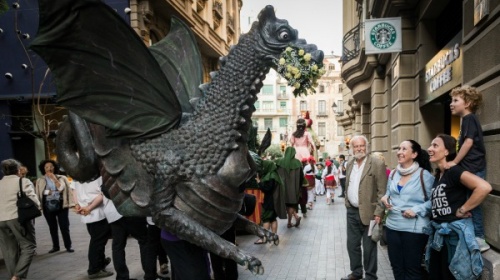
Did you know...
Sabies que...
During the Corpus Christi festival the City Hall has an exhibition of the animal and other figures that make up the city's Popular Retinue: the City, Pi and Santa Maria del Mar Giants, the City Eagle, the Lion, the Mule, the Ox, the Víbria, the Dragon, the Tarasca and the Cavallets Cotoners.
About festivities
Supplementary information
Organisers
Barcelona City Council.
Other websites
Materials
Protocol festiu de la ciutat de Barcelona. Barcelona City Council. Institute of Culture.



